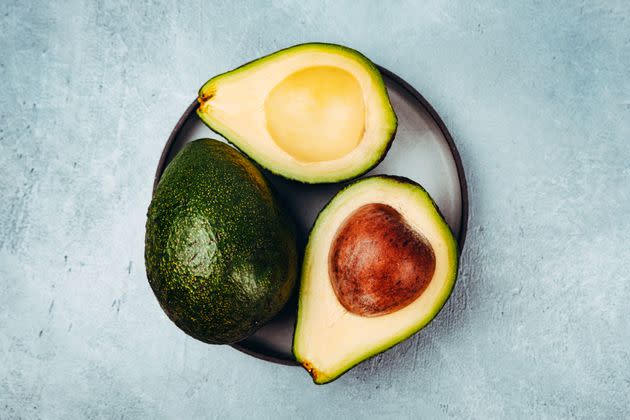Yes, Really ― Avocados Should Be Extinct

Nothing riles people on the internet up like an avocado.
Whether you’re a young person who dares to purchase it on toast instead of putting that £8 towards an impossibly unaffordable home, or Meghan Markle, whose enjoyment of the fruit supposedly amounted to “fuelling drought and murder,” I almost wish it didn’t exist sometimes.
Turns out that reality was closer than I thought. In a recent TikTok, fun fact curator That’s Pretty Cool said “we think [avocados] should have gone extinct.”
Science backs the fact, too (what a world).
Why?
As That’s Pretty Cool points out, the seed of an avocado is massive.
And seeds are normally dispersed “when animals poop them out where they might start growing.”
“What kind of animal could pass an avocado seed?” they asked, before revealing that it was the Megatherium ― a huge, now-extinct ground sloth.
These died out 13,000 years ago, though. So how come they’re still around?
“We’re not really sure,” the creator said. “At some point, humans grew a taste for them and started distributing them, but that wasn’t until later. We don’t know what happened in the gap.”
Scientists agree
Connie Barlow, author of The Ghosts of Evolution: Nonsensical Fruit, Missing Partners, And Other Ecological Anachronisms, told The Smithsonian more or less the same thing.
However, she adds that other animals that might have originally eaten the fruit could have included mammoths, horses, and gomphotheres.
“Some fruits are adapted primarily for animals that have been extinct for 13,000 years,” Barlow shared.
And “without larger mammals like the ground sloth to carry the seed far distances, the avocado seeds would rot where they’ve fallen and must compete with the parent tree for light and growth.”
Scientists are still baffled as to what happened before humans started beefing up the avocado to suit our tastes (it used to have a huge seed surrounded by a tiny ribbon of green flesh before we got our gene-meddling hands on it).
Perhaps jaguars filled in the gaps; maybe the seeds were buried by mice and squirrels. But until new evidence comes to light, we can only ava-guess (sorry) as to why the fruit didn’t disappear entirely.

